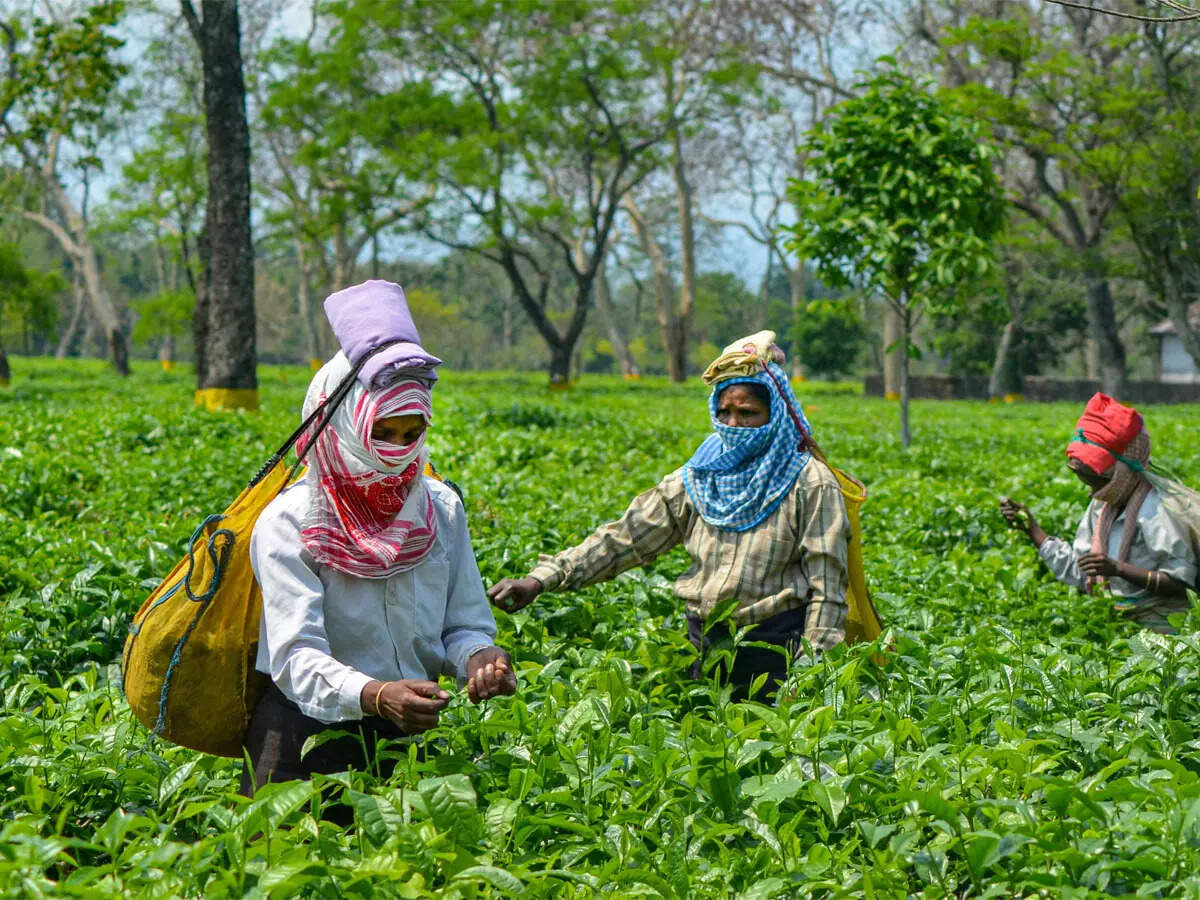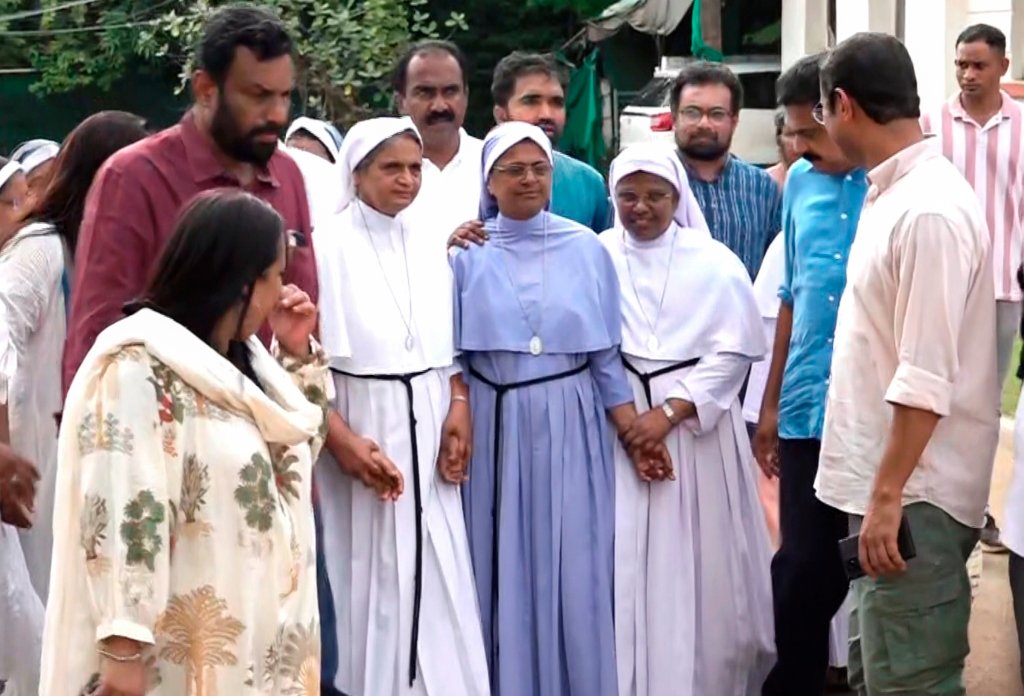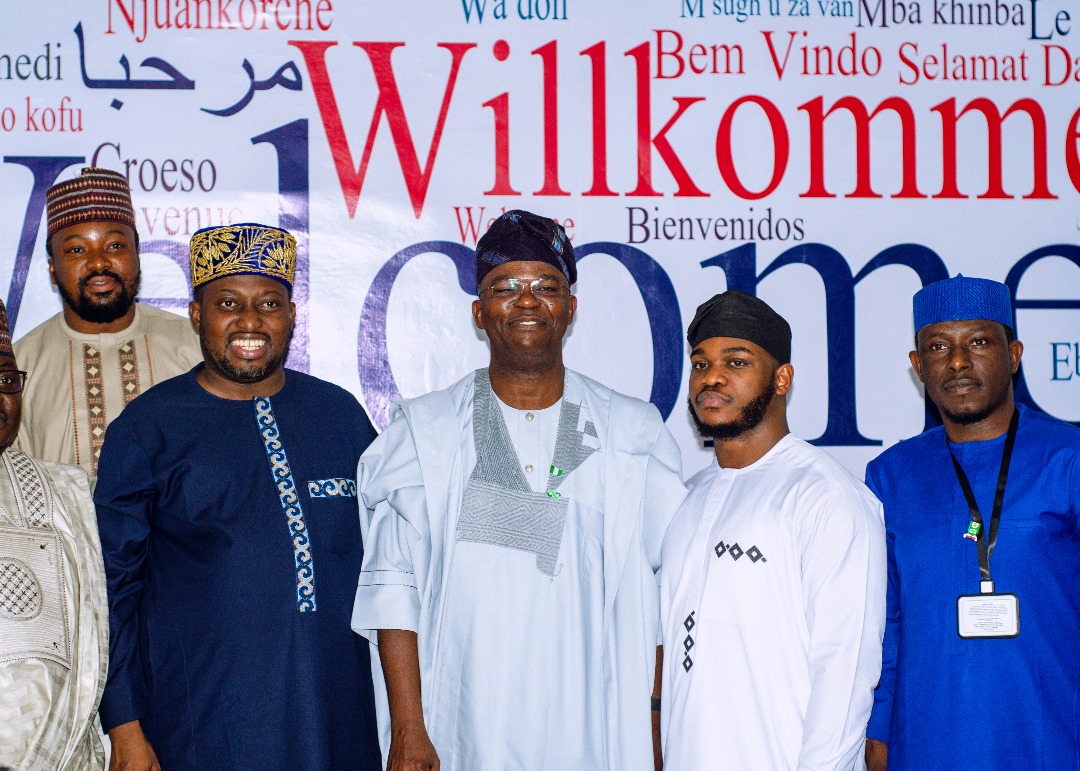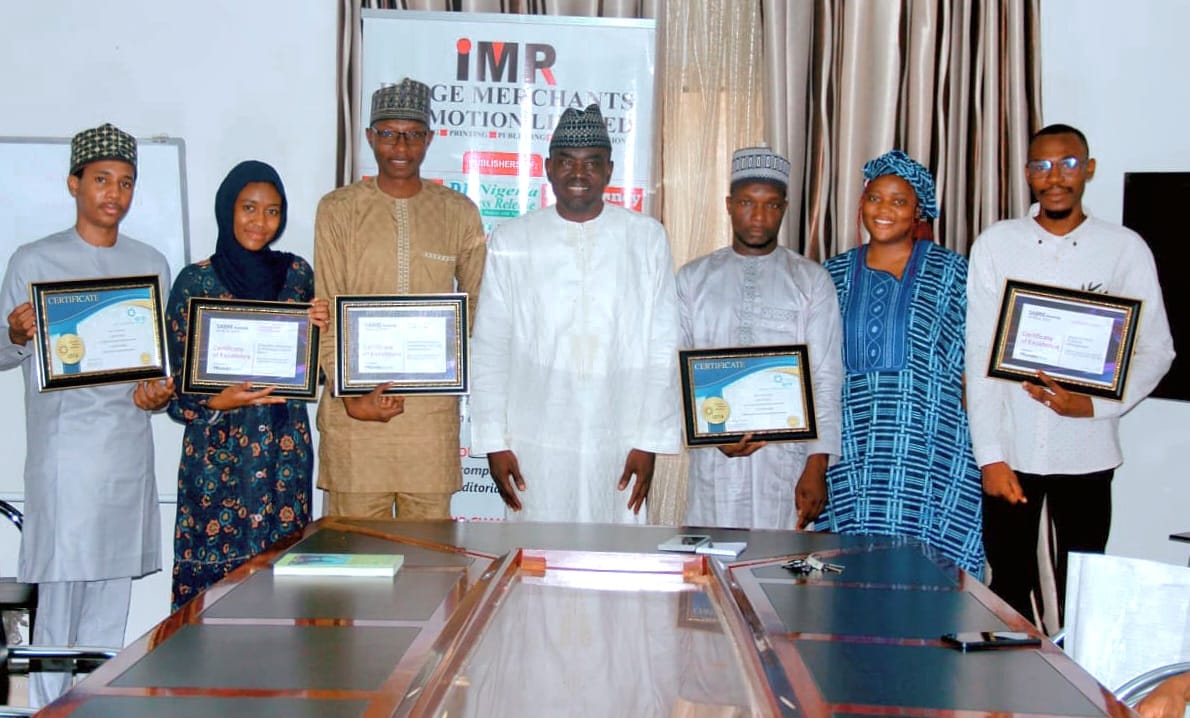KalimNews with inputs from IPR, Gangtok, May 29 , 2025 : Prime Minister Narendra Modi’s planned visit to Gangtok on Thursday to attend the golden jubilee celebrations of Sikkim’s statehood was cancelled due to inclement weather conditions. The Prime Minister had been scheduled to arrive in the hill state to mark 50 years of Sikkim’s integration into the Indian Union, but adverse weather made travel to the region unfeasible.
Modi landed at Bagdogra Airport at approximately 9:15 a.m., from where he virtually joined the celebrations held at Paljor Stadium in Gangtok. At 10 a.m., he addressed the gathering remotely and conveyed his best wishes to the people of Sikkim on this historic occasion. In his speech, he reaffirmed the central government’s commitment to stand firmly beside Sikkim in its developmental journey.
During the virtual event, the Prime Minister was scheduled to release a commemorative coin, souvenir, and stamp commemorating Sikkim’s golden jubilee. He also inaugurated and laid the foundation stone for several significant projects. These included a 500-bed district hospital worth over ₹750 crore in Namchi, a passenger ropeway at Sangachoeling in Pelling, and a statue of former Prime Minister Atal Bihari Vajpayee at Atal Amrit Udyan in Gangtok.
Upon completing his virtual participation in the Sikkim event, the Prime Minister proceeded by helicopter to Alipurduar, where he was scheduled to address a public meeting at the Parade Ground.
At Bagdogra Airport, the Prime Minister was welcomed by several dignitaries, including Siliguri Mayor Gautam Deb, District Magistrate Preeti Goel, and MLAs Anand Barman and Durga Murmu.
Speaking more broadly about national development, Prime Minister Modi stressed that Bengal’s participation in Viksit Bharat (Developed India) is both expected and essential. He reiterated that the Centre is determined to boost infrastructure, connectivity, and innovation across all states, including Sikkim and West Bengal, as part of the nationwide vision of Viksit Bharat @2047.Prime Minister Narendra Modi virtually addressed the people of Sikkim on Thursday, marking the golden jubilee of the state’s integration into the Indian Union in 1975. Although inclement weather prevented his physical presence at the celebration held at Paljor Stadium in Gangtok, he conveyed his greetings in Nepali—a gesture warmly received by the public—and assured the people that he would visit Sikkim within the year.
In his address, the Prime Minister congratulated the people of Sikkim on their remarkable progress over the past five decades, praising the state for becoming a model of sustainable development, ecological conservation, cultural harmony, and grassroots governance. He highlighted that Sikkim’s pioneering status as India’s first 100% organic state had not only boosted its agricultural success but also enhanced its reputation globally, as the state now exports organic produce to international markets. He further noted the development of India’s first organic fishery cluster in Soreng district, which is set to create new livelihood opportunities, particularly for the youth.
The Prime Minister emphasised the central government’s commitment to the holistic development of the Northeast under the Act East Policy, citing the recent North-East Investment Summit in Delhi, which attracted substantial investment pledges. He said Sikkim stands to benefit significantly from this renewed development push.
On the subject of connectivity, Modi noted that nearly 400 kilometres of national highways have been built in Sikkim over the past ten years, alongside hundreds of kilometres of rural roads, drastically improving access to remote areas. He pointed to the Sevoke–Rangpo railway line and the Gorakhpur–Siliguri Expressway as transformative infrastructure projects that will spur economic growth and integration.
The Prime Minister also virtually inaugurated a newly built 500-bed District Hospital in Namchi, describing it as a major step toward enhancing healthcare infrastructure in the region. He shared that over 25,000 Sikkim residents have already received free treatment under central government schemes, and announced that citizens over 70 years of age are now covered under the ₹5 lakh free treatment benefit of the Ayushman Bharat initiative.
Tourism was a key focus of the address, with Modi outlining his vision to elevate Sikkim into a globally recognised tourism destination. He highlighted infrastructure developments including the skywalks at Bhaley Dhunga, Uttarey, and Singshore Bridge; the Passenger Ropeway at Sangachoeling in Pelling; and the statue of Bharat Ratna Atal Bihari Vajpayee at Atal Amrit Udhyan in Sangkhola. These, he said, were part of a broader strategy to support emerging sectors like wellness tourism, conference tourism, and concert tourism, with facilities like the Swarn Jayanti Cultural and Convention Centre in Gangtok playing a central role.
All the inaugurated projects, Modi noted, align with the national vision of Viksit Bharat @2047, contributing to India’s long-term transformation into a developed nation by the centenary of its independence. He lauded the Sikkim government’s performance and collaboration in pursuing this shared goal.
Recognising the potential of Sikkim’s youth in the field of sports, Modi reaffirmed the government’s commitment to nurturing talent through training, technology, and tournaments. He announced the development of a state-of-the-art sports complex in Gangtok, aimed at helping young athletes reach national and international platforms, including the Olympics.
The Prime Minister also addressed national concerns, referencing the recent attack in Pahalgam. He condemned the act as a deliberate attempt to sow division, stating that the nation responded firmly through Operation Sindoor. He praised the bravery of India’s armed forces and acknowledged Sikkim’s long tradition of patriotism and courage.
Concluding his remarks, Modi called on the people of Sikkim to view the golden jubilee as both a moment of reflection and a renewed commitment to the future. He pledged continued support from the central government in partnership with the state administration to ensure inclusive growth, improved connectivity, and sustainable prosperity for all citizens.












